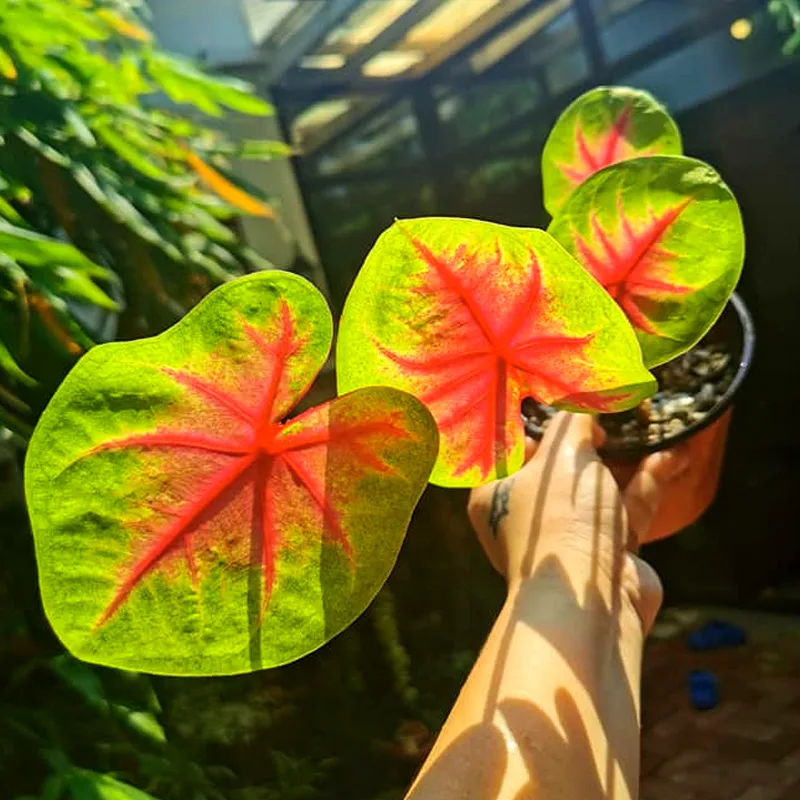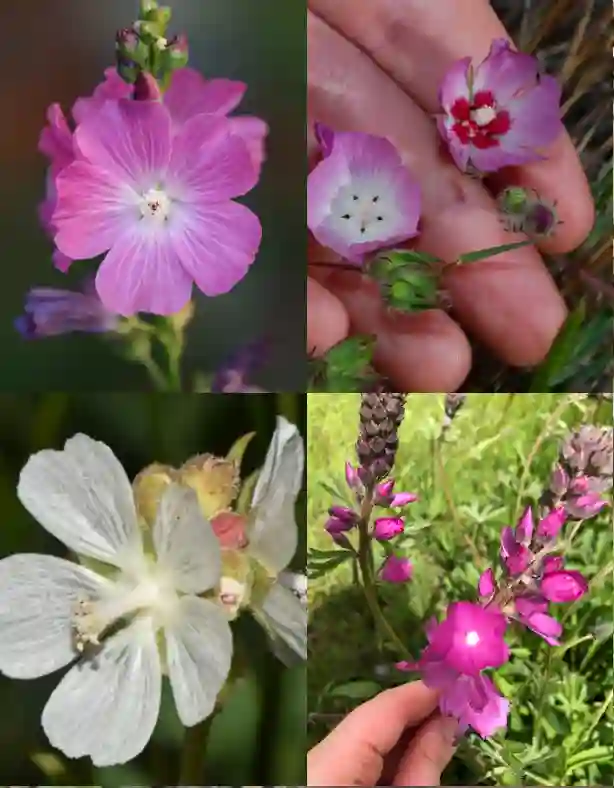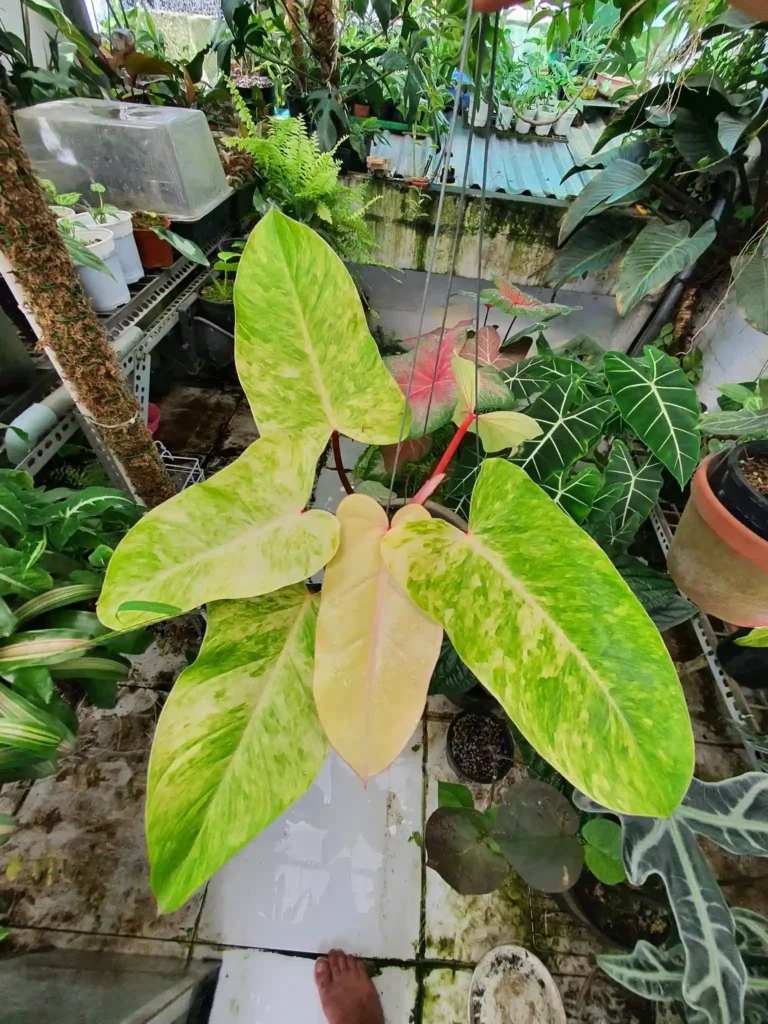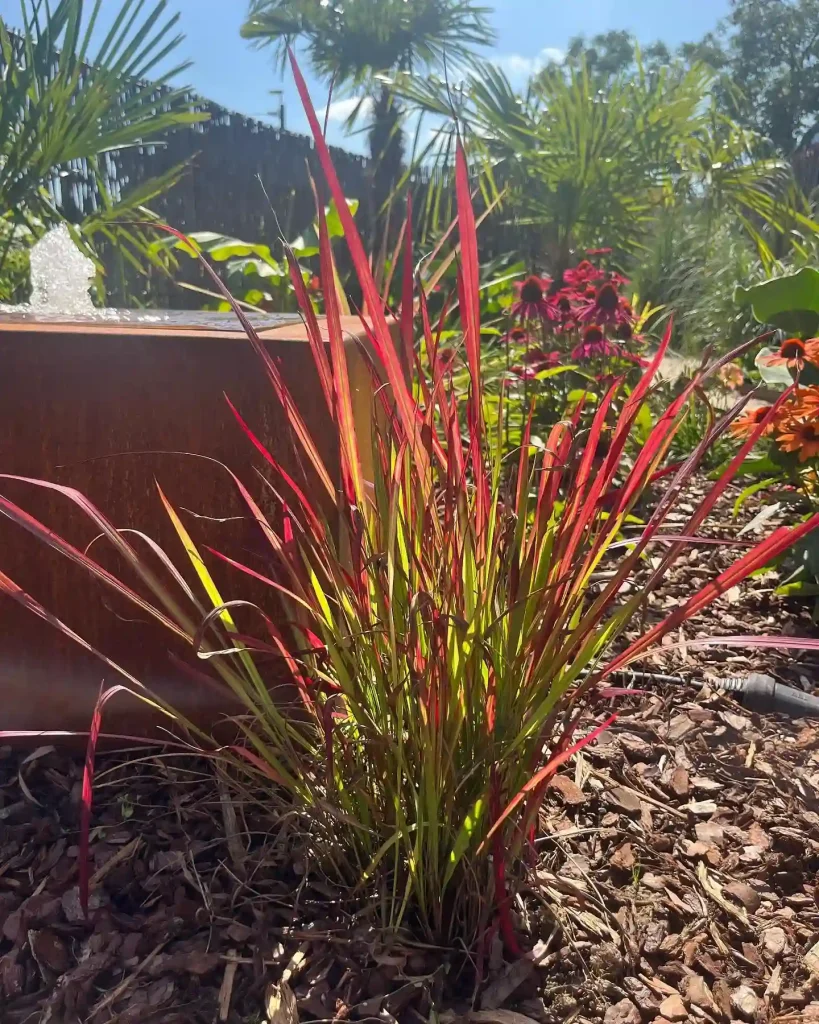My Fascination with Knautia
I’ve always been drawn to the subtle beauty of wildflowers. There’s something about their unassuming nature, their resilience in the face of harsh conditions, that speaks to me. One genus in particular, Knautia, has captured my attention with its understated charm and fascinating diversity.
Knautia, a member of the honeysuckle family (Caprifoliaceae), is a genus of flowering plants native to Europe, North Africa, and parts of Asia. They’re often referred to as “widow flowers,” a somewhat melancholy name, but one that adds to their allure. These plants are closely related to scabious (Scabiosa), and in fact, some Knautia species are even called “scabious,” though that name truly belongs to the other genus.
What I find most intriguing about Knautia is the sheer variety within the genus. From the delicate, pale lilac blooms of Knautia arvensis to the vibrant, deep crimson flowers of Knautia macedonica, there’s a Knautia species to suit every taste. This diversity is a testament to the genus’s adaptability, its ability to thrive in a range of environments, from meadows and grasslands to rocky slopes and woodland edges.
A Closer Look at Knautia Species
The Knautia genus boasts a remarkable array of species, each with its own unique characteristics. Here are:
- Knautia arvensis: This is perhaps the most well-known species, commonly known as the field scabious. It’s a hardy plant with pale lilac flowers that bloom in profusion throughout the summer.
- Knautia macedonica: Also known as Macedonian scabious, this species is a favorite among gardeners for its vibrant, deep crimson flowers. It’s a relatively tall plant, reaching up to 90 centimeters in height. – Plant FAQs: Knautia Macedonica
- Knautia dipsacifolia: This species, known as the alpine scabious, is native to mountainous regions of Europe. It has distinctive, pincushion-like flower heads that range in color from pale pink to deep purple.
- Knautia integrifolia: This species, known as the entire-leaved scabious, is notable for its undivided leaves and its preference for dry, rocky soils.
- Knautia adriatica Ehrend.
- Knautia albanica Briq.
- Knautia × alleizettei Chass. & Szabó
- Knautia ambigua Boiss. & Orph.
- Knautia arvernensis (Briq.) Szabó
- Knautia baldensis A.Kern. ex Borbás
- Knautia basaltica Chass. & Szabó
- Knautia byzantina Fritsch
- Knautia calycina (C.Presl) Guss.
- Knautia carinthiaca Ehrend.
- Knautia caroli-rechingeri Micevski
- Knautia × chassagnei Szabó
- Knautia clementii (Beck) Ehrenb.
- Knautia collina (Gaudin) Jord.
- Knautia dalmatica Beck
- Knautia degenii Borbás
- Knautia dinarica (Murb.) Borbás
- Knautia × dobrogensis Prodan
- Knautia drymeja Heuff.
- Knautia fleischmannii (Hladnik ex Rchb.) Beck
- Knautia foreziensis Chass. & Szabó
- Knautia godetii Reut.
- Knautia goecmenii Yıldırım
- Knautia gussonei Szabó
- Knautia illyrica Beck
- Knautia × intercedens Beck
- Knautia involucrata Sommier & Levier
- Knautia kitaibelii (Schult.) Borbás
- Knautia lebrunii J.Prudhomme
- Knautia legionensis (Lag.) DC.
- Knautia × leucantha Schur
- Knautia longifolia (Waldst. & Kit.) W.D.J.Koch
- Knautia lucana Lacaita & Szabó
- Knautia magnifica Boiss. & Orph.
- Knautia mauritanica Pomel
- Knautia mollis Jord.
- Knautia nevadensis (M.Winkl. ex Szabó) Szabó
- Knautia × norica Ehrend.
- Knautia numantina (Pau) Devesa, Ortega Oliv. & J.López
- Knautia × oecsemensis Nyár.
- Knautia orientalis L.
- Knautia pancicii Szabó
- Knautia pectinata Ehrend.
- Knautia persicina A.Kern.
- Knautia × posoniensis Degen
- Knautia ressmannii (Pacher) Borbás
- Knautia rupicola (Willk.) Font Quer
- Knautia salvadoris Sennen ex Szabó
- Knautia × sambucifolia (Godet) Briq.
- Knautia sarajevensis (Beck) Szabó
- Knautia shepardii Post & Beauverd
- Knautia slovaca Štěpánek
- Knautia × speciosa Schur
- Knautia subcanescens Jord.
- Knautia subscaposa Boiss. & Reut.
- Knautia tatarica (L.) Szabó
- Knautia transalpina (Christ ex Gremli) Briq.
- Knautia travnicensis (Beck) Szabó
- Knautia × ujhelyii Jáv.
- Knautia velebitica Szabó
- Knautia velutina Briq.
- Knautia visianii Szabó
Why I Admire Knautia
My admiration for Knautia stems not only from their aesthetic appeal but also from their ecological importance. These plants are valuable sources of nectar and pollen for a wide range of pollinators, including bees, butterflies, and hoverflies. By providing essential resources for these insects, Knautia plays a crucial role in maintaining healthy ecosystems.
Furthermore, Knautia species have a long history of use in traditional medicine. They were once used to treat a variety of ailments, including skin conditions, coughs, and fevers. While their medicinal properties are less emphasized today, they serve as a reminder of the deep connection between humans and the natural world.
In a world that often seems obsessed with flashy, attention-grabbing displays, I find solace in the quiet beauty of Knautia. These plants are a testament to the fact that true beauty doesn’t need to shout; it can whisper, and still be heard. Their resilience, adaptability, and ecological importance make them a symbol of hope and a reminder of the interconnectedness of all living things.
I encourage everyone to take a moment to appreciate the understated elegance of Knautia. Whether you encounter them in a wildflower meadow, a cultivated garden, or simply a roadside verge, these plants offer a glimpse into the intricate beauty of the natural world.
If i die, water my plants!



